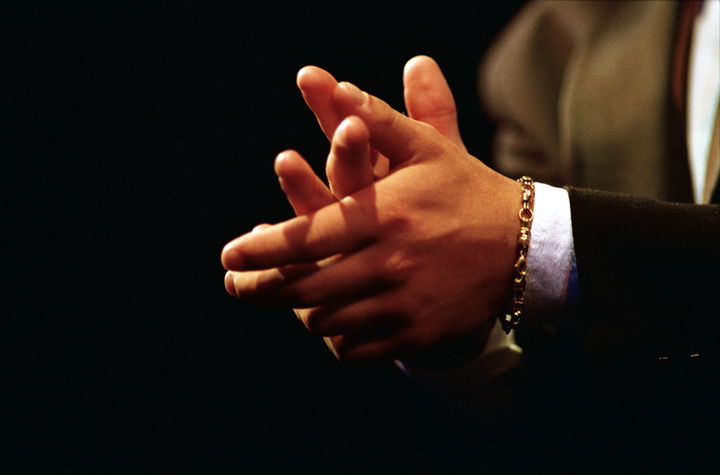Flamenco, renowned for its passion, expressiveness, and rhythmic allure, epitomizes a musical and artistic genre like no other. One of the essential facets that contribute to the authenticity and intensity of Flamenco is hand clapping, a form of body percussion achieved by striking the hands together. Within this article, we shall delve into the world of Flamenco clapping, exploring its rhythm, technique, diverse variations, and their interrelation with the various styles encompassed by this captivating art.
What does hand clapping entail?
Hand clapping serves as a technique of body percussion employed in Flamenco to delineate the rhythm and beat of the music. It entails striking the hands together, thereby generating a plethora of sounds and rhythms. As an integral component of Flamenco, hand clapping accompanies and reinforces the singing, dancing, and guitar playing.
Rhythm and beat of hand clapping
The rhythm and beat of hand clapping in Flamenco are closely intertwined with the rhythmic and harmonic structure of each Flamenco style or “palo.” Each distinct style possesses its own distinctive beat, to which hand clapping adapts accordingly.
Among the most prevalent styles in Flamenco are the “soleá,” “bulería,” “alegría,” and “seguiriya,” although numerous others exist. Each style exhibits its unique rhythmic pattern and beat, with hand clapping synchronizing with the specific pattern to enhance the emotional impact of the music.
Execution of hand clapping in Flamenco
The art of hand clapping in Flamenco necessitates practice and a profound understanding of diverse rhythms and beats. The “palmeros,” individuals responsible for executing hand clapping, must possess an innate sense of rhythm and the ability to adapt to impromptu changes that may arise during a Flamenco performance.
Hand clapping is executed in various positions, employing distinct techniques to produce an array of sounds and nuances. Additionally, “palmeros” can complement hand clapping with other percussive elements, such as “taconeo” (footwork), thereby creating a comprehensive and vibrant rhythmic ambiance.

Varieties of hand clapping in Flamenco
1. Simple hand clapping:
The most rudimentary form of hand clapping, characterized by concise and forceful strikes. Primarily utilized to mark the beat and maintain a consistent rhythm throughout a Flamenco performance. Simple hand clapping is executed on different parts of the hands, including the palm, back, and fingers, each yielding distinct sounds and accents.
2. Sonorous hand clapping:
Sonorous hand clapping emanates a more resonant quality, characterized by a profound and percussive resonance. Employed to accentuate pivotal moments within the music, it bestows additional volume and energy upon the performance. Sonorous hand clapping is executed by striking the palm with extended fingers, thereby creating a resplendent and resounding sound.
3. “Redoblás” (Rolling hand clapping):
“Redoblás” represents an advanced technique of hand clapping, encompassing the continuous and rapid striking of the hands together. This style of hand clapping serves to fabricate intricate rhythmic patterns, harmonizing with moments of heightened intensity within the music. “Redoblás” necessitate skill and coordination, demanding swift and precise hand movements.
Which styles are accompanied by hand clapping in Flamenco?
Within Flamenco, not all styles are accompanied by “palmas” (hand clapping). Certain styles, such as malagueña, taranta, and toná, are performed without hand clapping, as the singing and music themselves suffice to convey the requisite emotion and intensity.
However, the majority of Flamenco styles are traditionally enhanced by hand clapping, augmenting the performance with an additional rhythmic component. Examples of such styles include bulería, soleá, alegría, and seguiriya.
Would you like to revel in the live artistry of the palmeros, witnessing how their rhythm impeccably harmonizes with Flamenco singing and dancing, thereby intensifying the emotional experience? Do not miss the opportunity to attend the remarkable Casa Sors show in Barcelona. Moreover, you can seize the chance to explore the guitar museum of Barcelona. Secure your tickets now!
